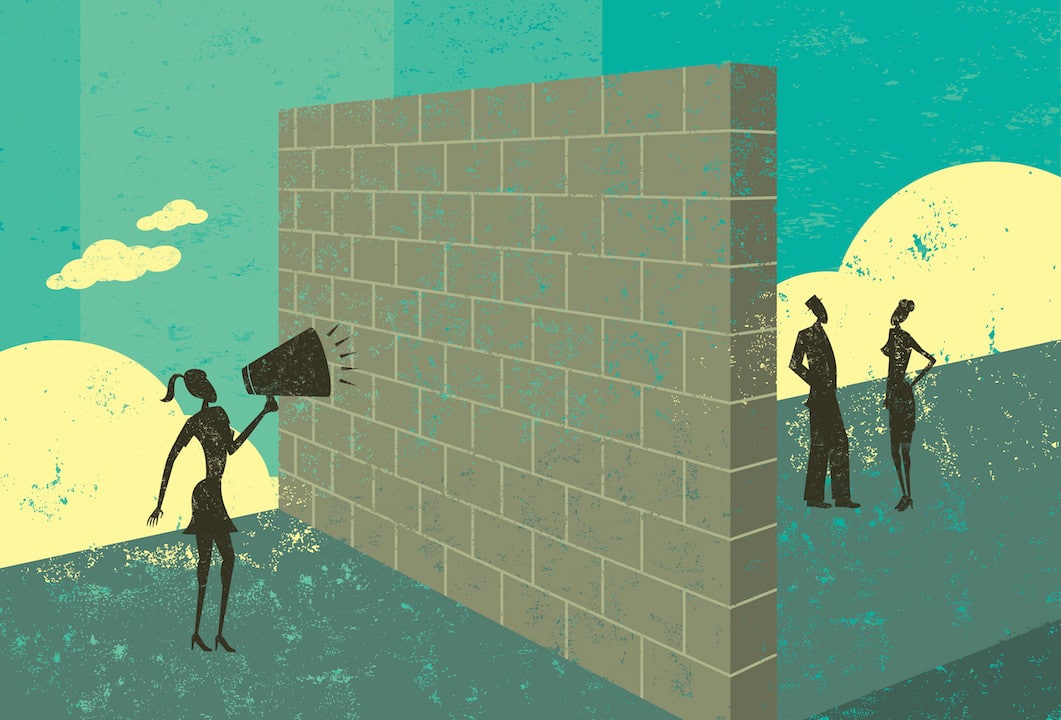There’s a reason they call them “soft skills”: flexible and sometimes ambiguous, it can be hard for management to get a hard grasp on what soft skills really mean and how to make sure employees have them. For example, what does it mean to be a “good communicator” or “good at building relationships”? When the learning content for these skills are broken down into three distinct tiers of essentials, the idea (and the learning) of soft skills becomes much more tangible. With the right approach, those skills that require a degree of flexibility, understanding, and a little extra practice can become less fluid and more of a sure thing.
Here are the 3 tiers you need to have when you are building out your company’s learning around soft skills.
Tier #1: A Convincing Argument
Before you can really “sell” your employees on any soft skills training, you’ll need to first prove to them that they’re worth it on a personal level. After all, it’s easy to explain the need for typical learning: it improves sales; it keeps employees safe; it covers an organization from a legal aspect. But soft skills can be a harder sell since the effects are on a much more individual basis.
Showing off how these skills will help an employee’s career progress is a great way to lay the foundation for successful training. While soft skills might seem ambiguous, numbers don’t lie: Figures from the Stanford Research Institute International found that 75 percent of long-term career success is dependent on people skills (leaving only 25 percent as the result of technical knowledge). Another survey conducted by the International Association of Administrative Professionals found out that hiring managers were much more likely to hire a candidate with strong soft skills and low technical knowledge as opposed to the other way around.
In short, soft skills are what make an employee really stand out and highly marketable in today’s career landscape. By using the numbers to create a perspective shift in your employees, they’ll be more on board with the idea of soft skills training, and commit more time to really doing the work.
Tier #2: A Safe Zone To Practice
Unlike product training topics, your employees can’t just take a test within the learning experience to show their understanding and proficiencies. That’s because soft skill scenarios change by the person, the day, and the topic. The best way to help improve soft skills is putting them to practice in a safe way. Simulations and scenarios can help employees brush up on things like detecting nuances, reading facial expressions, and communicating effectively. You don’t want to throw your employees out to the wolves by immediately putting them on a sales call with a prospective client, or booking them to give a presentation to the execs at a large corporation.
Safe practice is what builds confidence in employees looking to improve the skills that might not have a right or wrong answer. They receive instant feedback and take the time to reflect upon their answers or actions before putting them to work.
Tier #3: Coaching
Even once soft skills training is complete, you aren’t ready to unleash an army of perfectly polished master communicators–yet. In-person coaching creates accountability for those who have undergone the learning, even if it’s just a quick check-in on how an employee did in a certain situation. Coaching can (and should) be done in real time, with leadership listening in on a phone call or observing an interaction and offering feedback in the moment. Consistent, timely feedback is the important secret sauce to this highly important piece of your soft skills learning program.
If you want employees to really learn and hone soft skills (or any skills for that matter) it’ll never be one and done. When your organization is dedicated to developing soft skills in its workforce, the mindset must revolve around continuous practice and the drive to be better every single day. Never perfect, but always improved, soft skills training should be part of every talent management strategy.






